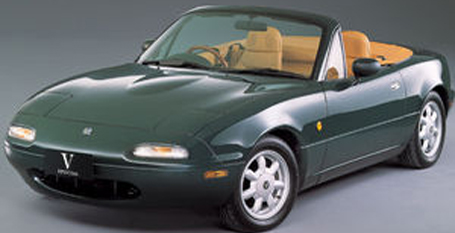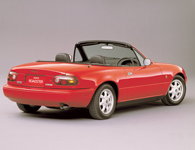
Back in March 1989, two Ms invaded the minds of many gay men out there. Madonna took the airwaves by storm with her fourth studio album, Like a Prayer and the other M was the Mazda MX-5 or as the Miata which the Americans still calls it affectionately.
From Mazda’s design studios in California, USA, the styling oozes androgynous sex appeal. The diminutive roadster reintroduced curves to the entire automotive world. Available in only four colours, the Mazda MX-5 became the toast of the town with its 14” minilite-inspired alloy rims, fashionable pop-up headlamps and dainty chrome door handles.
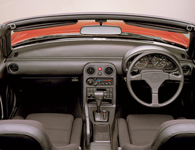
Besides an aluminium hood, the MX-5’s all-steel body weighs only 940 kg. Keeping it simple was elemental to the Mazda being tagged as a “British” roadster. In the 60’s, rear-wheel-drive two seater rag tops such as the Triumph Spitfire, MG Midget and Lotus Elan were relatively affordable dream drives. These British roadsters were extremely popular despite their appalling build quality (apparently every example has a leaky roof).
The 1989 MX-5 (internally known as NA) was a retrospective soft-top roadster without the retrogressive leaks and squeaks. Singlehandedly, the Japanese MX-5 has resurrected the “British” roadster and perhaps the best ever made.
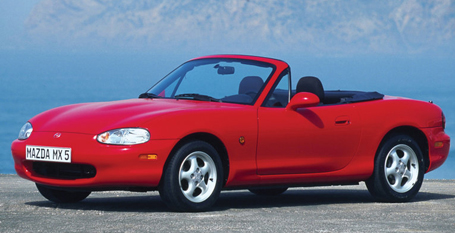
It wasn’t until 1998 when Mazda finally introduced the second-generation MX-5(NB). The new model was spotting slightly bigger dimensions and promises to be quieter; hence there were fears that the 1998 MX-5 would become all grown-up.
Thankfully, the delightful driving characteristics of the first MX-5 were retained. However, there were some unwelcomed changes such as the generic-looking fixed headlamps and the plain Jane door handles.
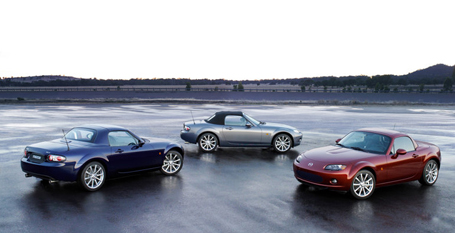
Perhaps Mazda was riding on a wave of successful mainstream models, the third MX-5 (code NC) was the most radical departure from the 1989 classic. The 2005 MX-5 is no longer a back-to-basic number with clear overtones of yesteryears.
A much more refined driving experience can be linked towards the changed suspension components from a four-wheel double wishbone setup to a front wishbone/rear multilink setup. Nonetheless, the comfortable setup has not detached the car’s sporting attributes; it remains dart-like to drive like a sports car.
The exterior styling remains evolutionary, as the 2005 MX-5 points back to the original 1989 design, but with a cleaner and more muscular profile. The addition of a coupé convertible version with a three-piece folding hardtop was a welcomed addition in 2006.
The weight penalty of a mere 37 kg compared to the soft top model was just as impressive as the minimal amount of space that was taken away from the existing trunk space when folded down.
In 2002, the Mazda MX-5 enters the Guinness Book of Records as the world's best-selling sports car on February 13, 2002, with more than 700,000 sold until that date.
Looks like we are not far off from witnessing the one millionth MX-5 to roll of the production line in Hiroshima.
The imitators:

Fiat Barchetta (L) and BMW Z3 (R)

